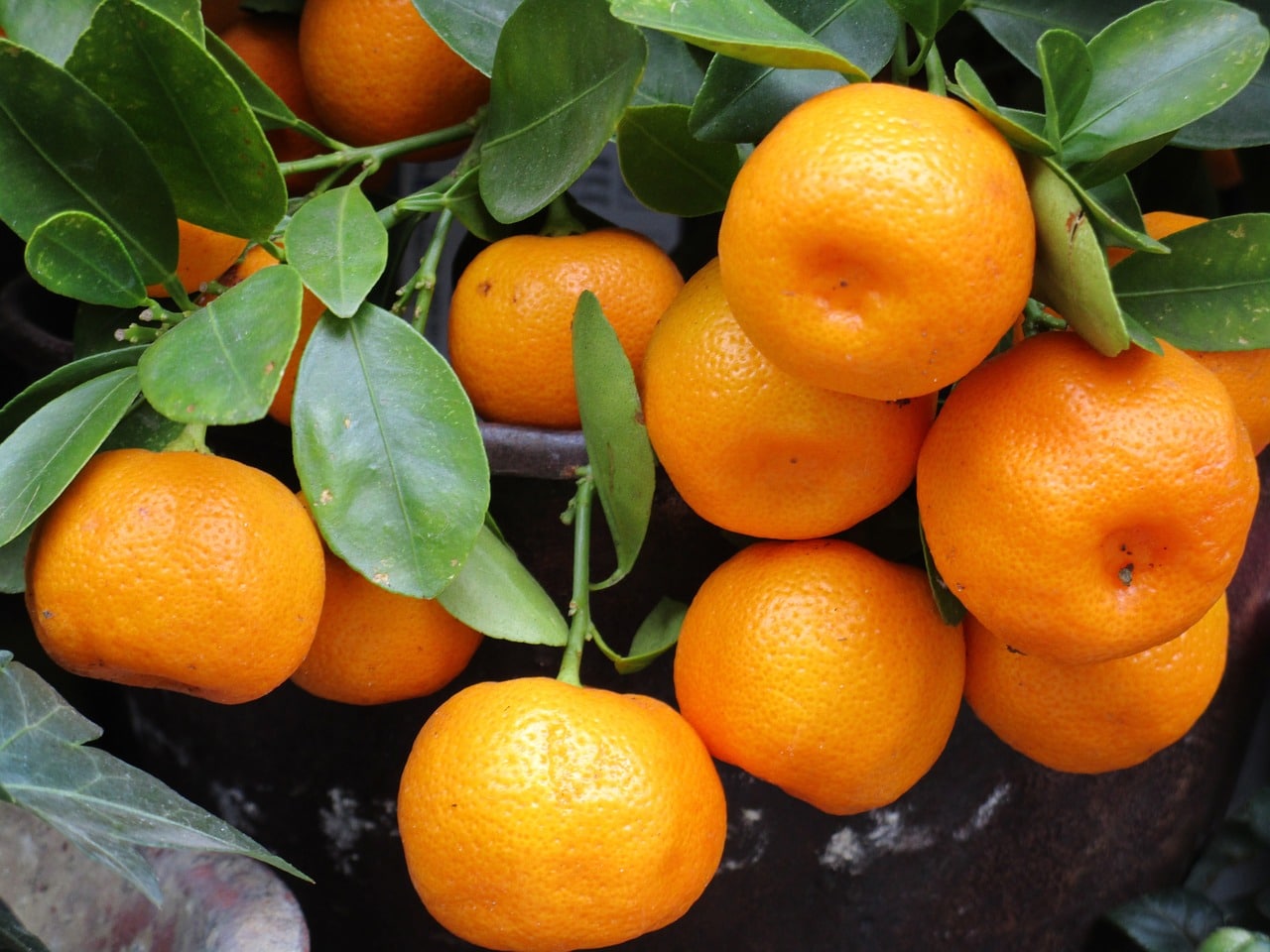Today we hear the term “open source” more and more. It is a term that is most commonly identified with software and firmware development out of the Silicon Valley. However, the term is becoming common in the plant industry.
The term open source is often associated with the software industry where newly created materials receive automatic copyright protection. Here, the term open source is often used in association with plant material that has no restrictions or intellectual property protection, such as patents or limited use agreements and is often thought as being in the public domain. This unrestricted plant material allows breeders free access to the plant material for breeding and research.
Is all of the plant material protected by patents?
We often hear that all of the plant material in the United States is protected by patents. This is a common misconception but doesn’t appear to be true. Below is a table that shows the approximate percentage of varieties per crop type that have been patented. Percentages are all approximate and are based on the number of registered varieties with the U.S. Department of Agriculture per crop type versus the number of U.S. patents issued per crop type.
| Crop | Percentage of patents versus registered varieties |
| Carrots | 1% |
| Corn | 10% |
| Cotton | 10% |
| Cucumber | 2% |
| Lettuce | 8% |
| Onion | 1% |
| Pepper | 5% |
| Pumpkin | 1% |
| Soybean | 43% |
| Spinach | 8% |
| Tomato | 4% |
As shown in the table, the vast majority of registered plant varieties in the United States do not appear to be protected by a patent. For carrots, onions and pumpkins, only approximately 1% of the registered varieties appear to be protected by patents. With cucumbers that number is 2%, with tomatoes at 4%, peppers at 5% and spinach and lettuce at 8%. Looking at it the other way, more than 90% of the registered varieties for these crops, are freely available for plant breeding.
Is all the best plant material locked up by patents?
We also hear that all the best plant material is locked up by patents. As shown on the table, most of the plant material out there is open for plant breeding. However, it is also true that the seed industry is continuously working to develop new varieties, and these new varieties come at a cost, both in time and money. For many crops, it can be a 7- to 10-year period to develop and commercialize a new variety, often costing upwards of a $1 million per year. However, in order to recoup their investment in these new varieties, breeders often use patents. This is because a patent allows the holder to prevent others from making, using or selling a patented variety, allowing a breeder the ability to control the new variety for the term of the patent.
However, it is also becoming an increasingly common practice in the seed industry for breeders to license their patented varieties to other breeders at companies and universities. If you are interested in breeding with a variety, just reach out to the patent holder and see about a license.
In the end, the vast majority of plant material in the United States, when legally accessed, may be used for breeding and research without IP restrictions. And for those materials that are protected by intellectual property rights, the material may be available for licensing.
For more information on open source material and intellectual property rights, contact the SIPA program by visiting the SIPA website at www.seedipalliance.com or contacting James Weatherly at jamesw@seedipalliance.com.












